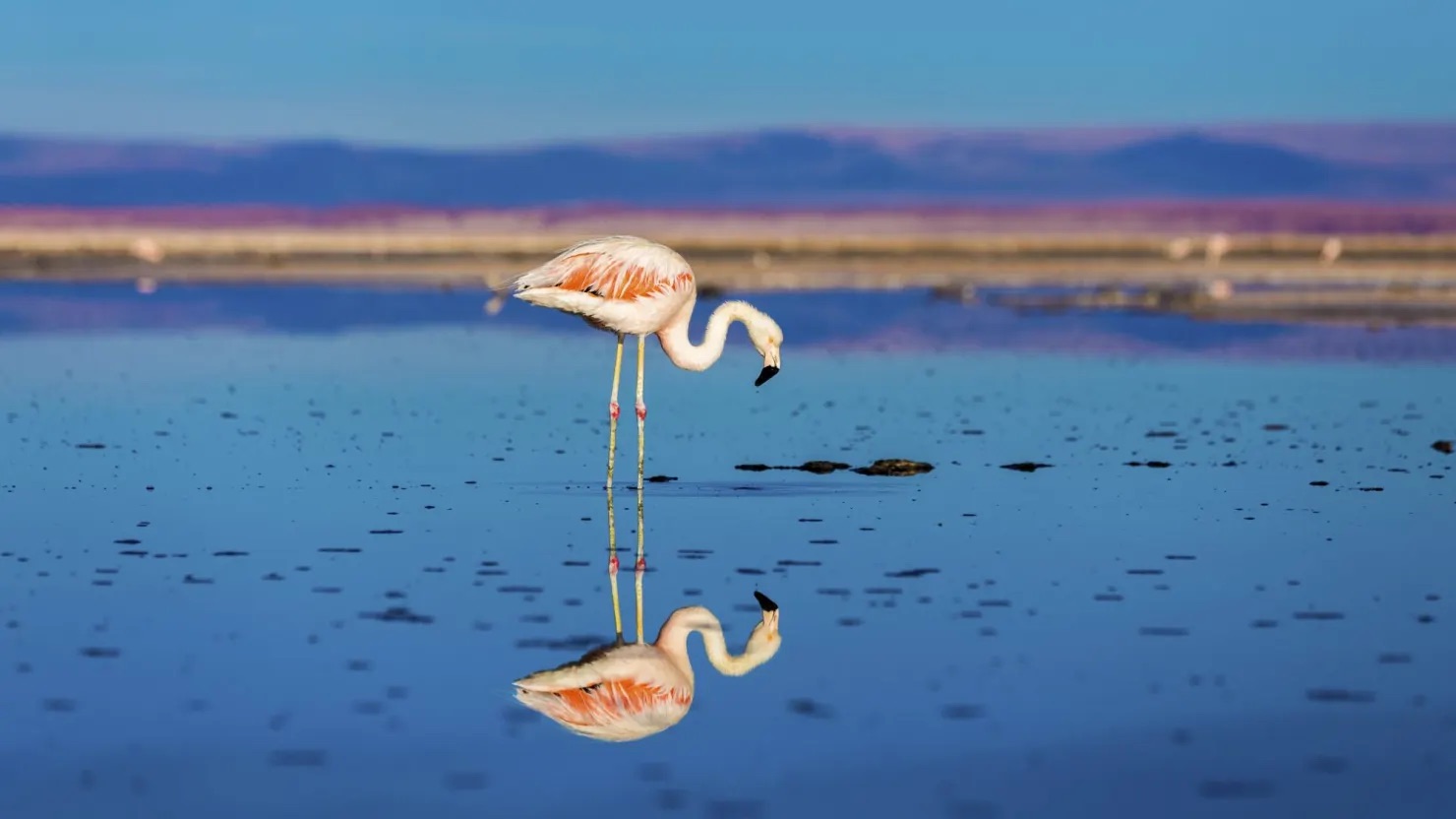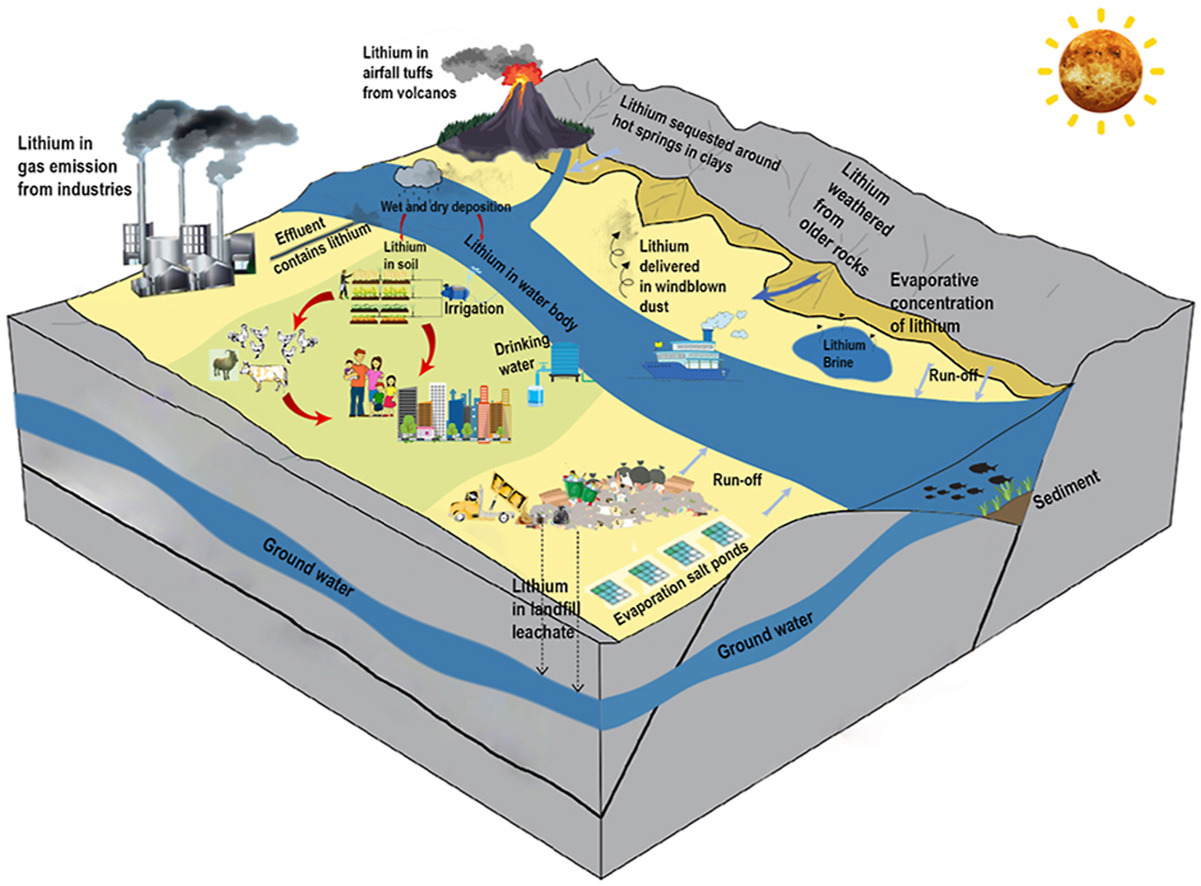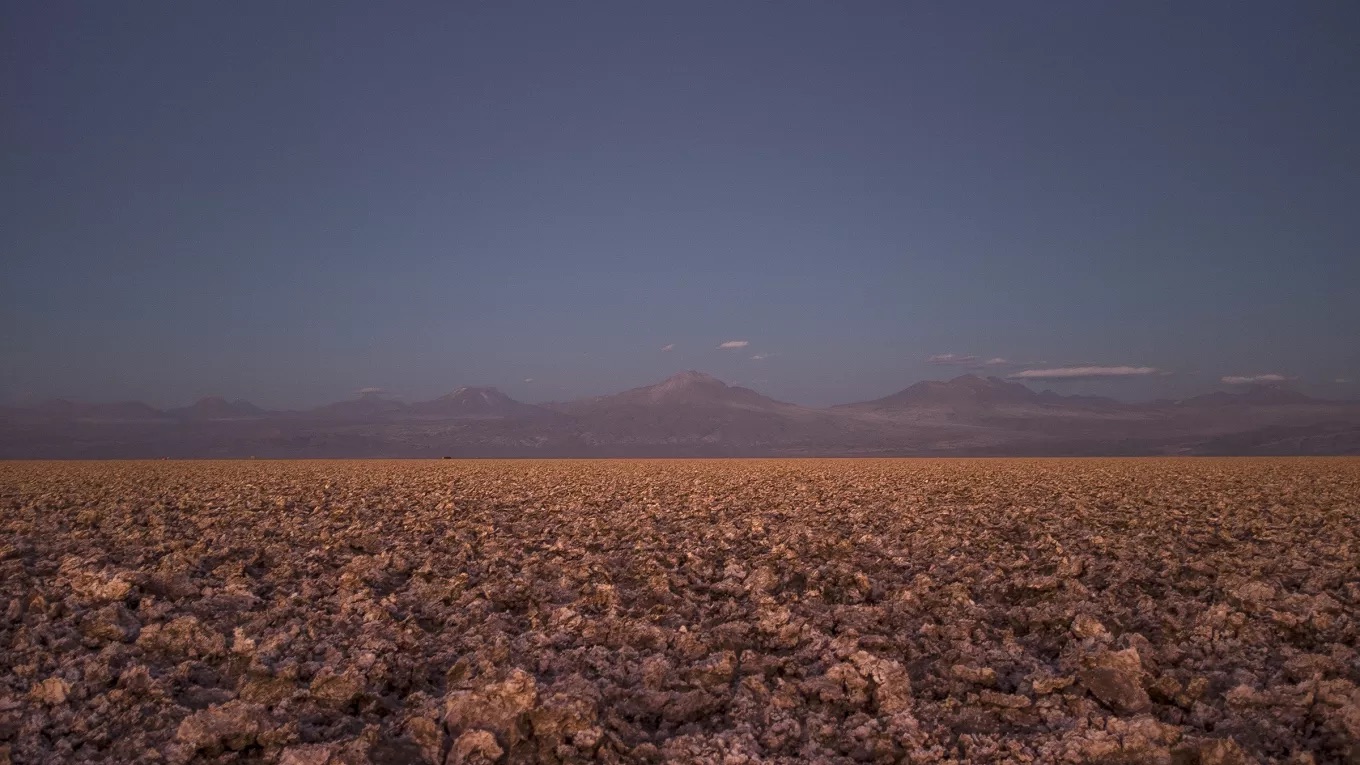Efforts are underway to develop more sustainable and responsible practices for lithium mining. One such initiative is the Responsible Lithium Partnership, a multi-stakeholder project that aims to develop a framework for sustainable lithium mining and promote best practices in the industry. The partnership brings together a range of stakeholders, including mining companies, civil society organizations, and governments, to work towards a more sustainable and responsible lithium supply chain. The project focuses on a range of issues, including human rights, environmental sustainability, and economic development, and aims to create a more transparent and accountable lithium mining industry. Through research, stakeholder engagement, and the development of standards and guidelines, the Responsible Lithium Partnership is working to address the complex and pressing issues associated with lithium mining and support the transition to a more sustainable energy future.


